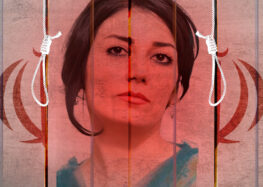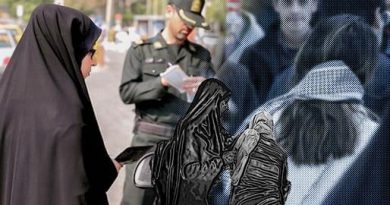For decades, Iranian women have been at the forefront of a relentless struggle for equality, justice, and freedom. In recent years, especially following the tragic death of Mahsa Amini in 2022, women across Iran have transformed protest into purpose—mobilizing resistance into a broader movement that challenges authoritarianism and envisions a new future.
This analysis explores how Iranian women are moving from protest to power—politically, socially, culturally, and globally—despite systematic repression by the Islamic Republic and the IRGC. It examines the evolution of their activism, their transformative impact on Iran’s sociopolitical landscape, and why the future of a free Iran may very well be female-led.
• Overview of the historical and ongoing role of Iranian women in political resistance.
• The significance of the “Women, Life, Freedom” movement and how it sparked global attention.
• The transition from spontaneous protest to structured power and influence.
1. The Roots of Resistance: Decades of Suppression
• Post-1979 Islamic Revolution: rollback of women’s rights.
• Legal discrimination in family law, employment, and public behavior.
• Enforced hijab laws and gender segregation.
• Role of the IRGC in policing women’s bodies and voices.
2. 2022 as a Turning Point: Mahsa Amini and the Rise of the “Women, Life, Freedom” Movement
• The death of Mahsa Amini in IRGC custody and its nationwide aftermath.
• Women’s central role in protests—from frontline resistance to digital activism.
• The power of symbolism: burning hijabs, cutting hair, and civil disobedience.
3. Beyond the Streets: How Women Are Moving Toward Power
A. Leadership in Organizing and Movement-Building
• Emergence of women-led activist networks inside and outside Iran.
• Coordinated digital campaigns, underground networks, and diaspora involvement.
B. Voices Amplified Through Media and Journalism
• The role of women journalists and content creators in documenting abuses.
• Examples: Niloofar Hamedi, Elaheh Mohammadi, Masih Alinejad.
• Arrests and targeting of media figures by the IRGC.
C. Political Advocacy in Exile
• Iranian women in the diaspora pushing for policy change, sanctions, and international awareness.
• Participation in UN panels, EU advocacy, and human rights organizations.
4. The Role of Digital Resistance and Cyber Activism
• Social media as a tool of empowerment: Telegram, Instagram, X (Twitter).
• Online organizing under IRGC surveillance and censorship.
• Use of VPNs, encryption, and satellite communication.
• Global awareness campaigns: #MahsaAmini, #WomenLifeFreedom, #StopIRGC.
5. From Protest to Policy: Challenging the Regime’s Core Structures
A. Hijab as a Political Battleground
• The hijab as a symbol of the regime’s gender control.
• Civil disobedience against dress codes as an act of defiance.
B. Pushing for Legal and Constitutional Change
• Demands for gender equality in law, education, and public life.
• Rising calls for democratic reform that center women’s rights.
• Role of imprisoned figures like Narges Mohammadi and Nasrin Sotoudeh.
6. Resistance Within and Beyond Prison Walls
• Conditions in Evin, Qarchak, and other IRGC-run prisons.
• Women continue activism from behind bars via smuggled letters, interviews, and family statements.
• Prison as a platform for moral authority and global visibility.
7. The Global Dimension: International Solidarity and Impact
• Protests in cities across the world led by Iranian women.
• Diaspora as a political force.
• Sanctions and designations: growing global pressure on the IRGC.
• Nobel Peace Prize for Narges Mohammadi: global spotlight on women’s resistance.
8. Obstacles and Risks Ahead
• Continued surveillance, imprisonment, and cyberattacks.
• The regime’s attempts to discredit women’s movements as “Western conspiracies.”
• Burnout, trauma, and state violence as barriers to long-term mobilization.
9. Why Women Are Central to Iran’s Democratic Future
• Women’s issues are inseparable from broader human rights and governance reform.
• Iranian women are not only resisting the regime—they are reimagining the country.
• Feminist organizing as a template for inclusive democracy.
Conclusion: Protest as a Path to Power
• Iranian women are redefining what power looks like—from grassroots resistance to global advocacy.
• The journey from protest to structural change is ongoing—but irreversible.
• The future of Iran depends on these women—and the world’s willingness to stand with them.
Join Our Newsletter!
Stay informed with the latest updates, news, and ways to take action in the fight for justice and global security. Sign up now to get updates delivered straight to your inbox!





